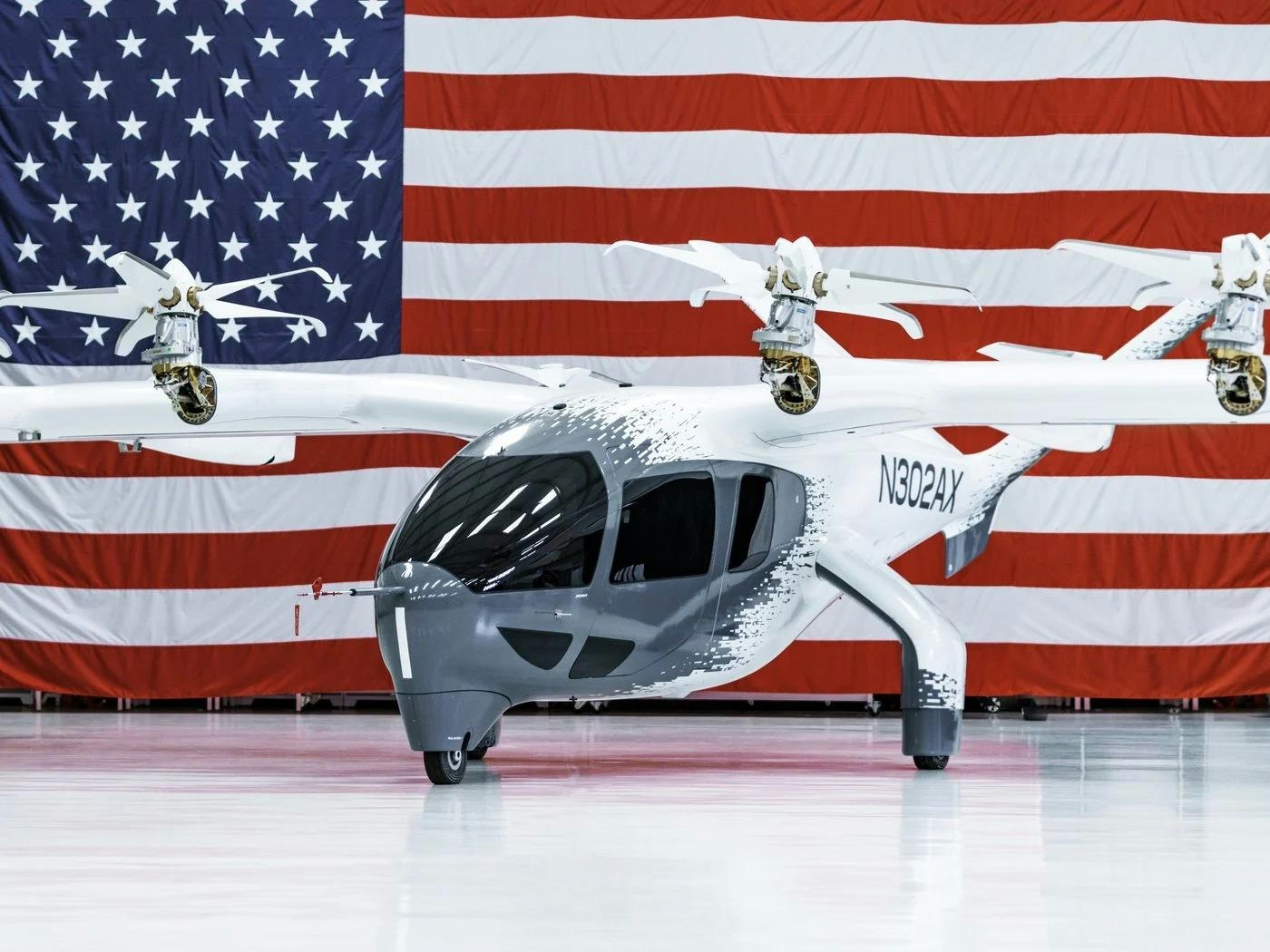
AeroGenie — あなたのインテリジェントな副操縦士。
現在のトレンド
Categories
Outlook for the Aviation Software Market Through 2033

Outlook for the Aviation Software Market Through 2033
The aviation software market is anticipated to experience substantial growth over the next decade, driven by rapid digitalization and the integration of advanced technologies within the aviation industry. Valued at approximately $5.43 billion in 2024, the market is projected to more than double, reaching an estimated $10.52 billion by 2033. This expansion corresponds to a compound annual growth rate (CAGR) ranging between 7.75% and 10.4%.
Drivers of Market Expansion
The growth trajectory of the aviation software market is underpinned by several critical factors. The ongoing digital transformation across airlines, airports, and Maintenance, Repair, and Overhaul (MRO) providers is a primary catalyst. These entities are increasingly adopting AI-driven software solutions that enable predictive maintenance, real-time analytics, and enhanced operational efficiency. Additionally, the anticipated surge in air traffic, highlighted by Boeing’s forecast of demand for 43,600 new airliners over the next twenty years, intensifies the need for scalable, data-centric software platforms.
The transition to cloud-based aviation management systems further accelerates market growth by improving operational efficiency, reducing costs, and facilitating scalability. Concurrently, heightened cybersecurity concerns and stringent regulatory requirements are prompting significant investments in software designed for real-time monitoring, predictive maintenance, and robust data protection.
Market Segmentation and Regional Dynamics
Geographically, North America leads the aviation software market, supported by its advanced airline infrastructure and progressive regulatory environment. Europe and the Asia-Pacific region follow, with the latter demonstrating rapid growth fueled by increased airline investments in digital transformation initiatives.
Within the market, key segments include flight management software, MRO software, and passenger service systems, which collectively drive demand. While commercial airlines command the largest market share, defense and private aviation sectors are progressively adopting sophisticated software solutions to enhance their operations.
Investment Landscape and Challenges
The aviation software sector presents numerous investment opportunities, particularly in cloud-based management platforms, AI-powered predictive analytics, blockchain applications for secure flight data storage, and real-time data solutions coupled with cybersecurity enhancements. However, the industry faces challenges such as high implementation and integration costs, regulatory complexities, persistent cybersecurity threats, and difficulties in harmonizing new technologies with legacy systems.
Competitive Environment
Leading corporations including Boeing, Honeywell, IBM, and Amadeus IT Group are at the forefront of innovation in the aviation software market. These companies frequently engage in partnerships and acquisitions to strengthen their software portfolios, with a growing emphasis on incorporating artificial intelligence and advanced analytics to sustain competitive advantage.
Other influential firms shaping industry standards and consumer expectations include AEROTECH, CHAMP Cargosystems, Damarel Systems International, INDRA, Dassault Systèmes, National Instruments, Autodesk, Bosch Security Systems, and Brock Solutions. Monitoring the strategies and performance of these entities remains essential for stakeholders aiming to navigate the evolving market landscape.
Future Market Outlook
Advancements in AI-enabled fleet management systems are expected to play a pivotal role in the aviation software market’s development, offering airlines actionable insights to optimize operations and reduce costs. Nonetheless, the sector must continue to address ongoing challenges related to cybersecurity, regulatory compliance, and the seamless integration of emerging technologies within existing aviation infrastructure.
In summary, the aviation software market is positioned for significant growth through 2033, driven by technological innovation, increasing demand for new aircraft, and the industry’s sustained commitment to digital transformation.
Comments
- T
TEST1
TEST1
- T
TEST
TEST

Vietnam Airlines Sells Airbus A321 Fleet to Arena Aviation Capital in Record Deal
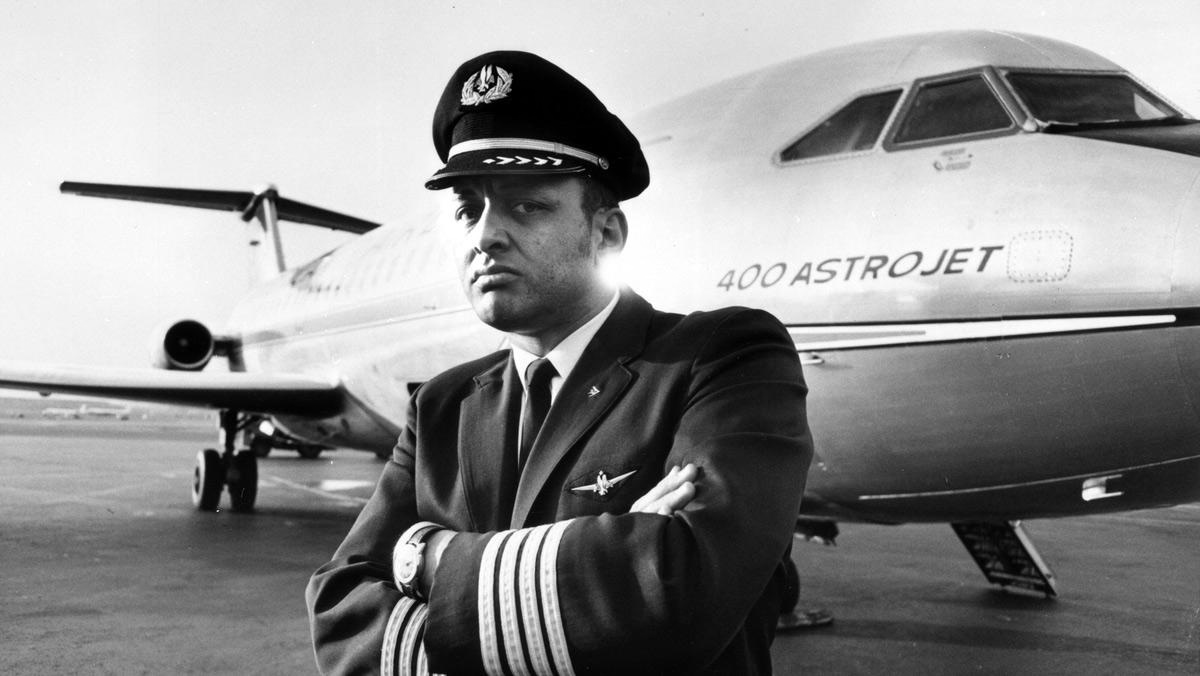
American Airlines at 100: A Century of Innovation in Global Travel
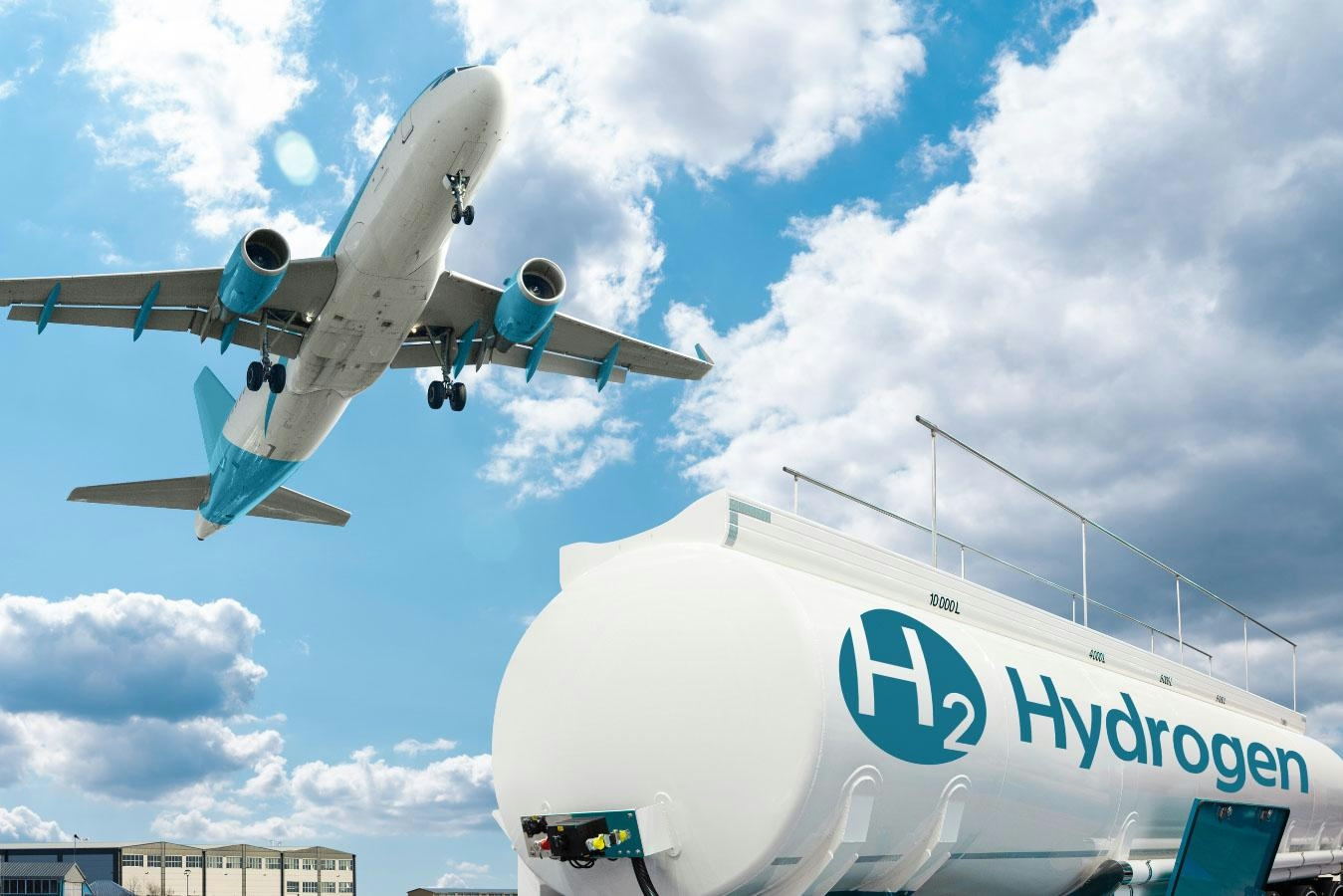
Hydrogen Combustion vs. Fuel Cells: Evaluating Options for Aviation

ANA Introduces The Room FX Business Class on Boeing 787 Dreamliners
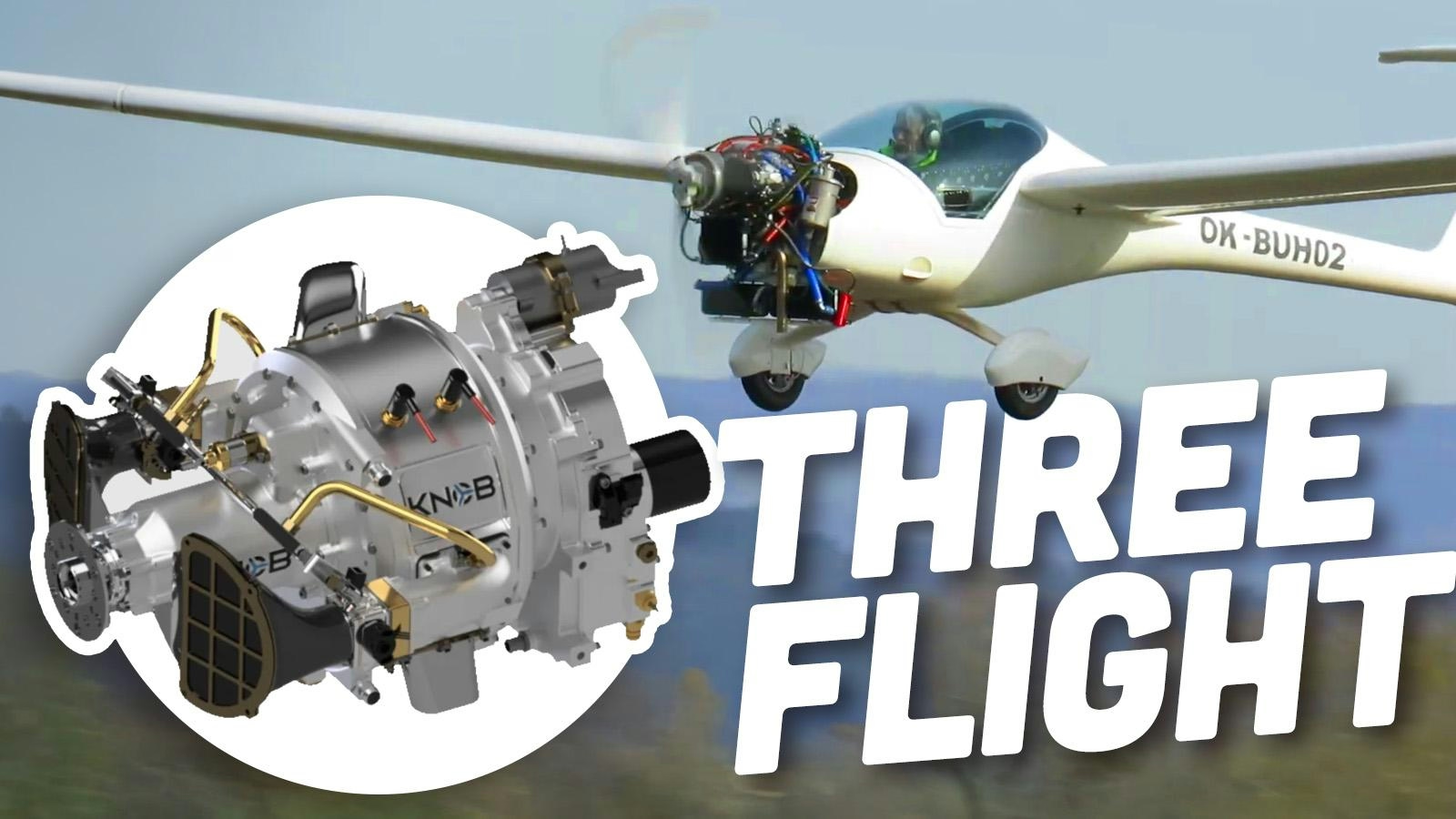
New Three-Cylinder Engine Features Rotating Block and Stationary Head

Credit Card Rewards Compete with Airline and Hotel Loyalty Programs

ExecuJet MRO Installs Starlink on Falcon 8X
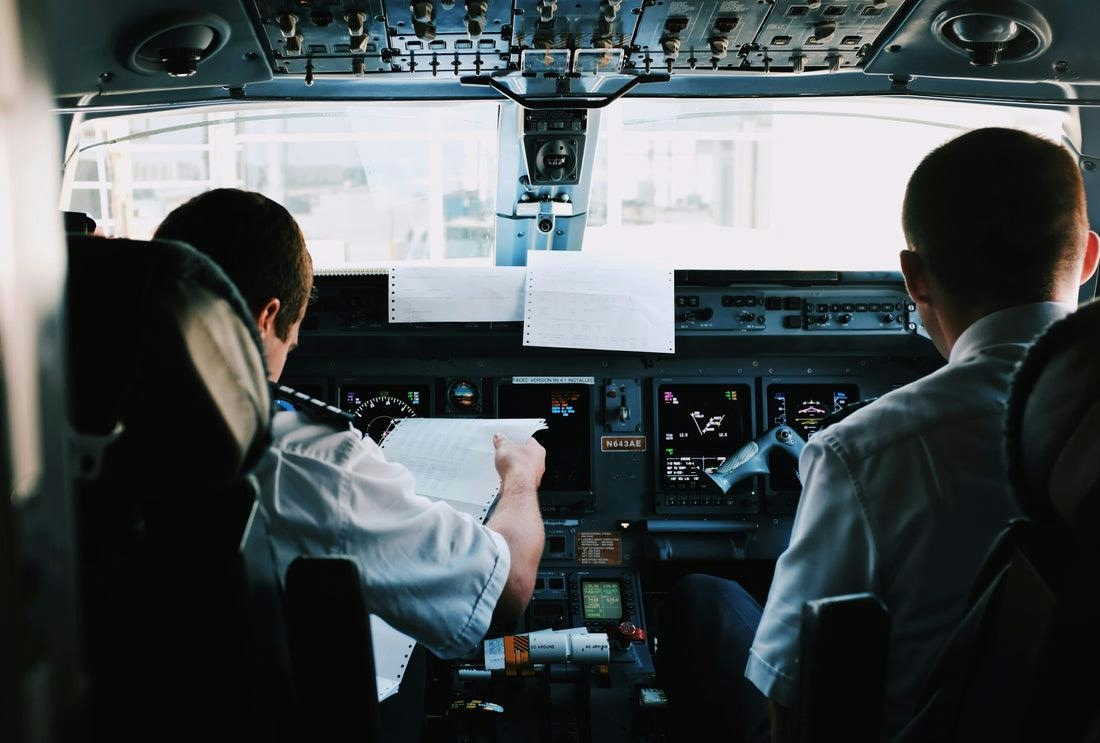
New Airlines Confront Supply Chain and Staffing Challenges
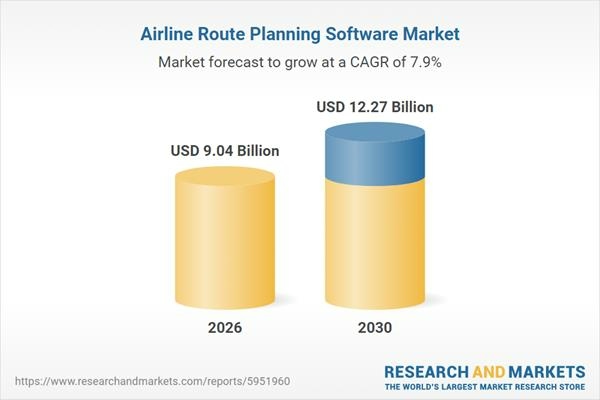
Global Airline Route Planning Software Market Forecasts Through 2035
